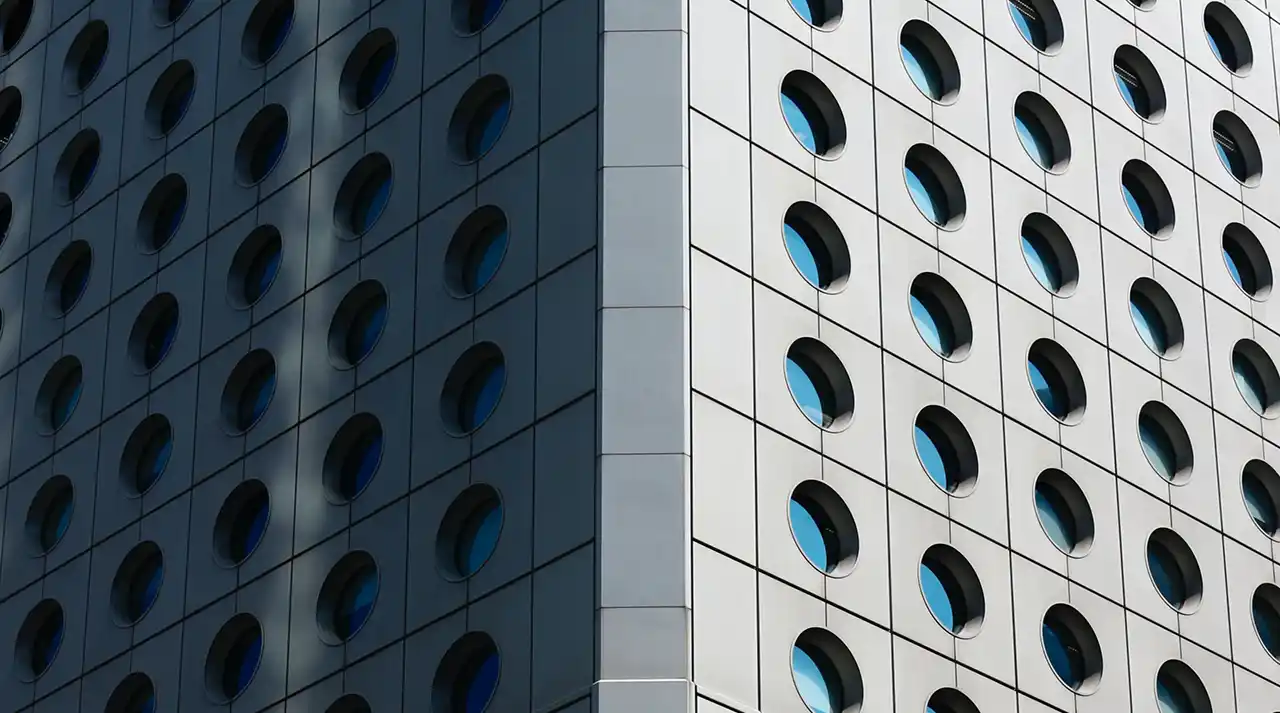X-factors have played a large part in today’s decision from the Reserve Bank to keep interest rates on hold at 0.75 per cent.
The outbreak of the coronavirus out of China and a summer of bushfires here at home have left the economic landscape looking somewhat unpredictable.
Recent economic figures had increased the chances of the RBA staying put on rates this month but many economists think they’ll move again by mid-year to try and get wages and employment going.
“The RBA may need to keep some rate cutting ammunition up their sleeve should these scenarios play out more severely than expected,” CoreLogic’s Tim Lawless told The Age.
“To date, lower interest rates haven’t flowed through to a material improvement in economic conditions but housing markets have well and truly responded, with national housing values rising 6.7 per cent since the first rate cut in June through to the end of January,” he said.
“Although rates remained on hold today, we are expecting the RBA to cut the cash rate later in 2020,” he told The Age.
“Further rate cuts could fuel home buyer demand, although we don’t expect future cuts to the cash rate to be passed on in full to mortgage rates.”
In his post-meeting statement, Reserve Bank governor Philip Lowe didn’t seem to be desperate to cut rates.
“Due to both global and domestic factors, it is reasonable to expect that an extended period of low interest rates will be required in Australia to reach full employment and achieve the inflation target,” Mr Lowe’s statement said.
“The board will continue to monitor developments carefully, including in the labour market.”
“It remains prepared to ease monetary policy further if needed to support sustainable growth in the economy, full employment and the achievement of the inflation target over time.
Mr Lowe said he expects the coronavirus to affect the Australian economy in the short term but considers the US-China trade war to be a greater threat to the global economy.



